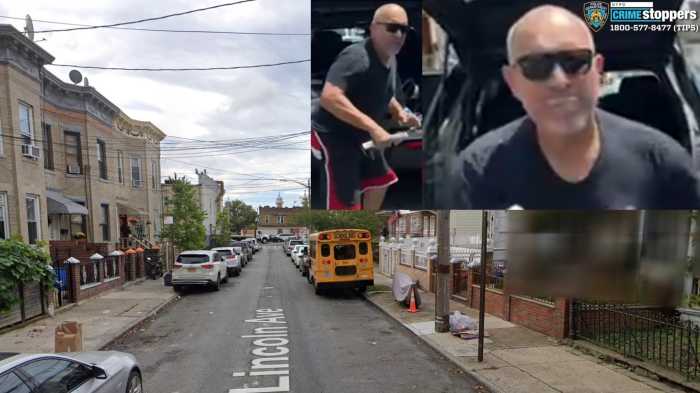Opening up a fire hydrant to cool off is a longstanding New York tradition, but it’s one with a high and rising cost.
There have been 4,458 complaints to 311 for open hydrants running in full as of July 6, according to public records, a jump from 3,845 calls during the same period last year and 4,020 in 2013.
The city’s Department of Environmental Protection said it takes those complaints seriously because one hydrant can disperse 1,000 gallons of water a minute, risking lower water pressure for surrounding buildings and damaging the hydrant in real emergencies.
Until now, “we haven’t really hit [high heat days] this summer,” said James Roberts, deputy commissioner of sewer operations for DEP.
The agency has pushed to educate New Yorkers, particularly in areas that garner the most complaints such as the South Bronx and upper Manhattan, about the dangers of opening up a hydrant. But community leaders say more is needed to curb the problem.
“It’s been happening for many, many years. This has been going on since my parents were kids,” said Jose Rodriguez, district manager for Bronx Community Board 4, which covers Mt. Eden, Highbridge, West Concourse, East Concourse and Concourse Village and had 219 complaints as of July 6.
The tradition stems from the fact that there are limited options for summertime fun in the borough, according to Rodriguez and other Bronx community board heads.
There are nine public pools in the Bronx, compared to 15 in Brooklyn, 16 in Manhattan and 8 a piece in Queens and Staten Island.
“Although the Bronx has some great beaches, it’s a pretty far trek for some of our constituents,” said Dustin Engelken, the district manager of Bronx Community Board 7, which covers neighborhoods like Fordham, Bedrord Park and Moshlu Parkway and had 159 hydrant complaints as of July 6.
Xavier Rodriguez, district manager of Bronx Community Board 5, said he and his fellow community leaders have been trying to get families to stop fiddling with the hydrants but their pleas have not been heeded. His communities have seen a surge in open fire hydrants over the years, with 209 by July 6, 2013 to 302 a year later to 311 during the same period in 2015. By comparison, there were 232 calls to 311 about hydrants open in full in all of Staten Island by July 6 of this year.
Even after the FDNY and police put in more safeguards on the hydrants and kept a closer eye on the corners where the residents tend to pop them open, Rodriguez says the kids would get crafty.
“There was one case where someone used a car battery and a magnet and got it open,” he recalled.
Roberts said the city has been beefing up its efforts by going directly to younger residents. Two weeks ago, DEP launched this summer’s session of the Hydrant Education Action Team, a program in place since 2007 where pre-teen volunteers go around the South Bronx, Inwood and Washington Heights to provide pamphlets and information about fire hydrant safety.
Christine Blanch, HEAT’s senior team leader, said residents are shocked to hear the wastefulness of an open fire hydrant.
“When you tell them 1,000 gallons [of water] per minute, they’re like, ‘Whoa, for real?'” she said.
Blanch, a Bronx native, added that children have been killed by the huge blast of water from a hydrant by being knocked into oncoming traffic and the process of opening a hydrant can damage it.
One of the HEAT team’s priorities is to let residents that they can request a hydrant spray cap installation from their local firehouse. The free cap, which can be obtained by adults 18 or older, pushes out 25 gallons a minute.
DEP and the FDNY couldn’t provide data on how many spray caps have been provided over the years, but Blanch said she has seen residents make more inquiries over the last few years.
Roberts said the city is dedicated to educating New Yorkers throughout the summer and spreading that message that the DEP hopes will bring the 311 calls down.
“There is that common sense balance that we try to strike,” he said. “It’s about showing a real totality of the impact on the system.”
Although some areas in the Bronx are seeing a decline in complaints, leaders say more educational efforts are needed.
“As much as I can get the message out there, the fact of the matter is that the people who do it are kids,” Engelken said. “And they listen most to their peers.”





























